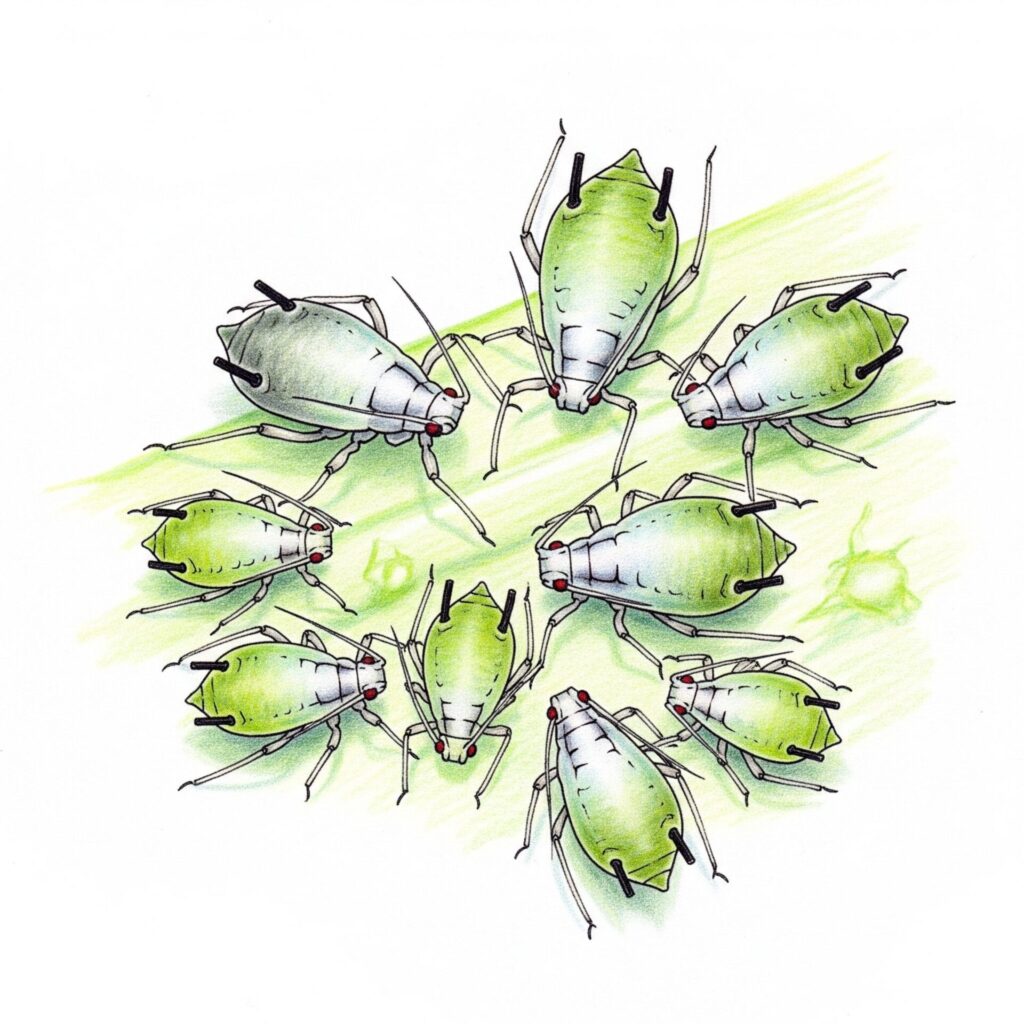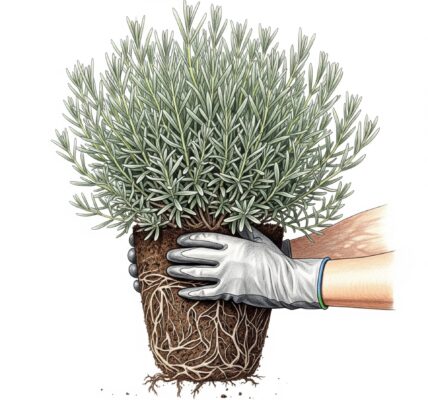
Cabbage aphids, scientifically known as Brevicoryne brassicae, are a common pest for gardeners cultivating brassicas, such as cabbage, broccoli, kale, and cauliflower. These small, waxy, grey-green insects feed in dense clusters, sucking the sap from leaves and stems. This feeding activity can lead to stunted growth, yellowed or distorted leaves, and a sticky residue called honeydew, which can encourage the growth of sooty mold. While they are a nuisance, you can manage them effectively and organically without resorting to harsh chemicals.
The first step in organic pest control is prevention. A healthy plant is more resilient to pest attacks. Ensure your brassicas have good soil, adequate water, and are not stressed by environmental factors. Companion planting is another excellent preventative measure. Plants with strong scents, such as dill, mint, and marigolds, can confuse or repel cabbage aphids.
If you spot an infestation, act quickly. For small populations, a strong jet of water from your hose can dislodge the aphids. This is often enough to significantly reduce their numbers and disrupt their feeding. You can also wipe them off by hand or prune and destroy heavily infested leaves.
Introducing natural predators is a powerful organic strategy. Ladybugs, lacewings, and hoverfly larvae are voracious consumers of aphids. Attract these beneficial insects to your garden by planting flowering plants such as alyssum, calendula, and yarrow.




